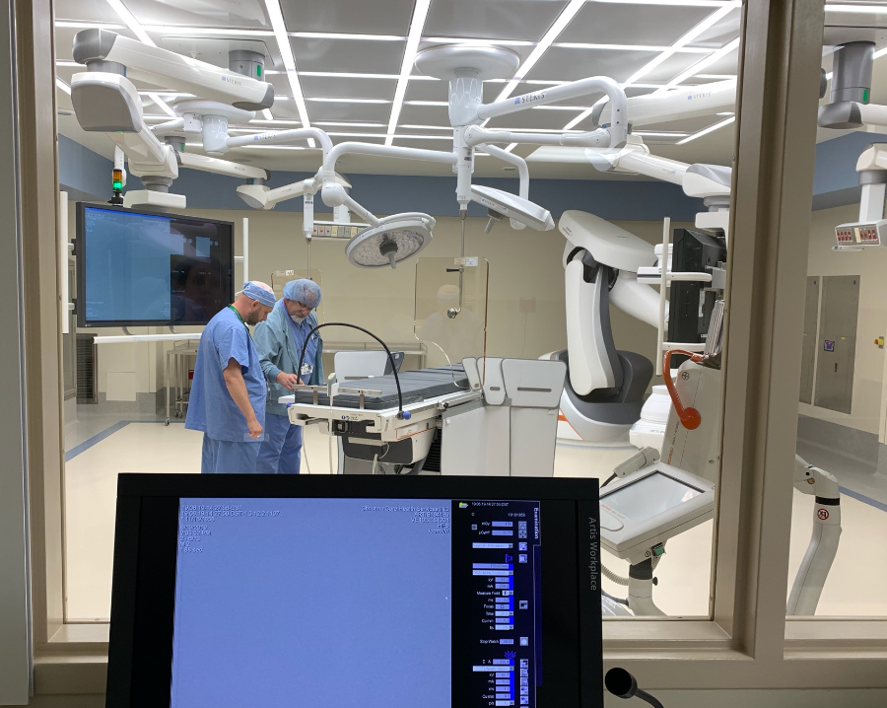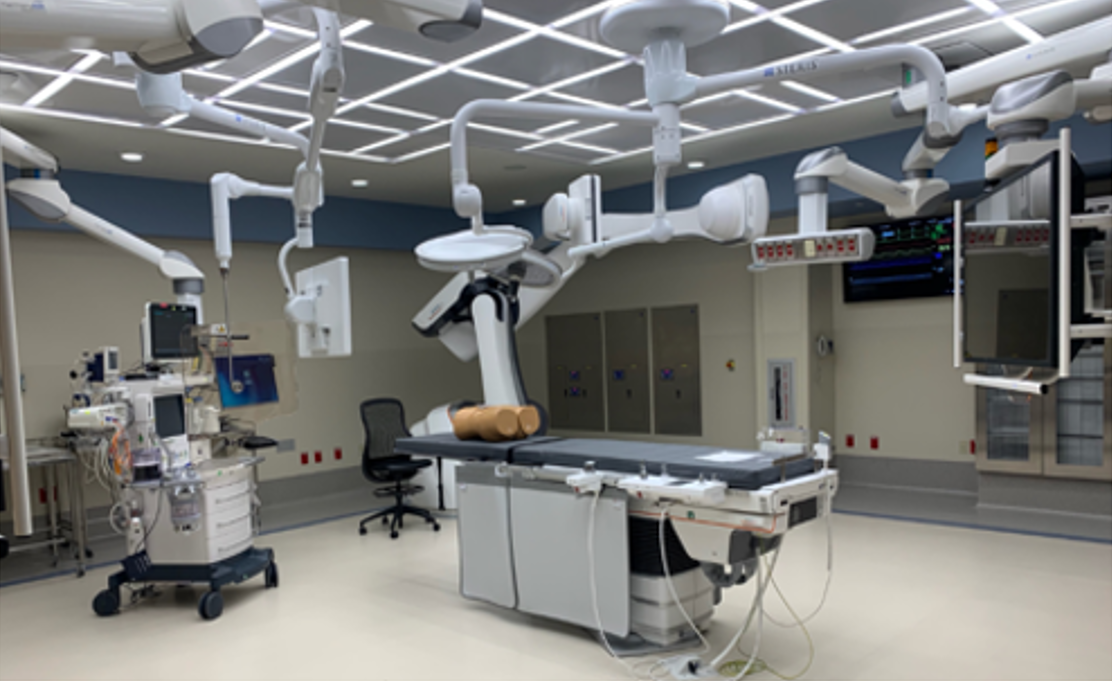Login
Structural Heart Disease Program
Bringing physicians from different specialties together.
What is Structural Heart Disease
Structural heart disease is a condition that affects the heart’s structure, its valves, chambers and walls.
Structural heart disease may result from a birth defect or through wear and tear on the heart that results from age or other diseases. Depending on your individual needs, we offer a number of treatments, including minimally invasive treatment options, such as those described below, to support your treatment plan.

Why Choose ChristianaCare’s Structural Heart Program?
The Structural Heart Disease Program at ChristianaCare is designed to provide you with exceptional care, right in your community. Our program features a unique, multidisciplinary heart team approach where physicians from different specialties bring together their expertise to deliver patient outcomes that are consistently above the national average. Our team is comprised of interventional cardiologists, electrophysiologists, noninvasive cardiologists and cardiac surgeons, as well as our dedicated nurse coordinators, who are here to help guide you through your evaluation process.
Our goal is to provide outstanding, patient-centered care through our comprehensive structural heart clinic in order to serve our community, guided by our values of excellence and love. Every patient has different needs when it comes to their evaluation process. We work with you to come up with the best plan to guide you through your comprehensive workup.

Our team will care for you from your initial assessment, when you are in the hospital, and after your return home, with long-term follow-up on your structural heart disease. We also will work closely with your referring providers to keep them informed of your progress and help transition your care back into their hands once you have completed your structural heart journey.
Our Services
TAVR is a minimally invasive procedure for those with severe aortic stenosis to replace a damaged aortic valve in your heart. The heart team, made up of an Interventional cardiologist and a cardiac surgeon, will thread a catheter (thin, flexible tube) through small incisions, either in the groin or chest, up to the heart and replaces the bad valve with an artificial one. Learn more about TAVR at ChristianaCare.
Not all patients will require a valve replacement, but some may benefit from a balloon valvuloplasty procedure.
If you do not need your valve fully replaced, a balloon valvuloplasty procedure may be a good treatment option for you. This procedure can help people whose valves do not fully open to allow blood to flow through the heart. The goal is to make the valve you have function better. An Interventional cardiologist will thread a balloon catheter into the heart and once it’s in the right place, the physician will inflate the balloon. This will allow the valve to open and close more freely. Learn more about balloon valvuloplasty procedures.
If you are diagnosed with a heart defect such as patent foramen ovale (PFO), atrial septal defect (ASD), or ventricular septal defect (VSD), there are minimally invasive procedures that use closure devices to repair holes in the heart. These procedures are completed by passing a catheter into the heart through the femoral vein percutaneously (through the skin), guided by fluoroscopy and echocardiography. The closure device is then placed to close the defect. Learn more about repair of heart defects.
The Watchman™ LAAC device is an innovative, alternative treatment option for patients diagnosed with atrial fibrillation (AFib), who are at risk of stroke. It involves placing a small device to seal off an area of the heart called the left atrial appendage (LAA). This prevents blood clots from entering the bloodstream and causing a stroke. Learn more about the Watchman™ LAAC procedure.
The MitraClip® is an innovative device for repair of the heart’s mitral valve for patients who cannot undergo surgery. When the mitral valve doesn’t close tightly enough, blood can flow backward into the heart, causing potentially serious problems. Placement of the MitraClip® device for repair of the Mitral Valve Leaflets involves a minimally invasive procedure, using a percutaneous (through the skin) approach. To learn more, click here.
A full evaluation is required to determine if you are a candidate for these minimally invasive treatment options.
Related Content
Contact Us
Christiana Hospital
4755 Ogletown-Stanton Road,
Newark, DE 19718


